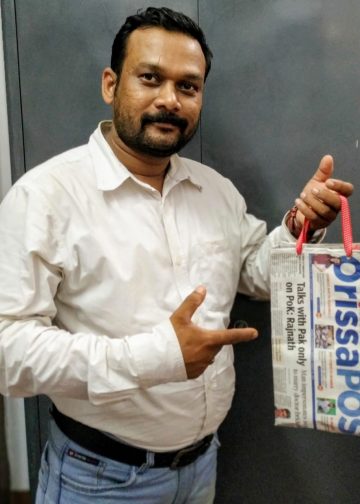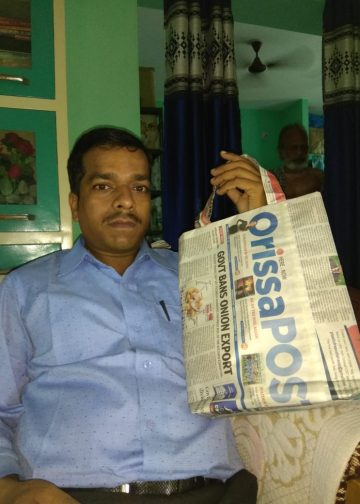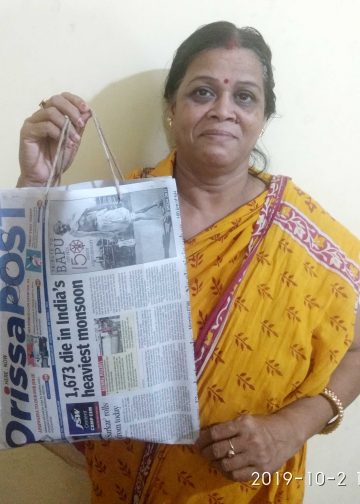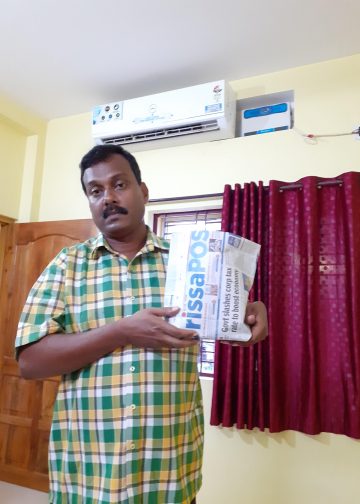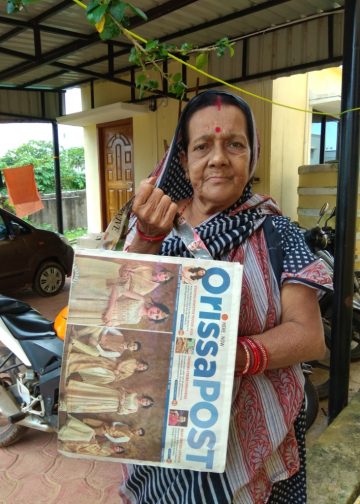Duryodhan Patra, OP
Malkangiri: Even as Polavaram multipurpose irrigation project over Godavari river in Andhra Pradesh, considered as the biggest in Asia, has been in the public eye over clash of interests between Andhra Pradesh, Orissa, Chhattisgarh and Telangana, a clear picture is yet to evolve as to how adversely it would affect the different parties concerned.
Joining the state government’s resistance to the project, several members of Opposition parties also recently took out rallies claiming that about 20 per cent area of the district would be submerged once the ambitious project is completed. It is not only the locals who would be displaced, huge tracts of farmland, patches with mineral deposits and forest land would go under water, they said.
Despite an intense protest by Orissa and other states, neither AP nor the Centre is in a mood to stall the project.
In the wake of the controversy, people of 21 villages in three blocks – Motu, Padia and Kalimela – in Malkangiri district bordering AP and Chhattisgarh are in a state of panic.
According to reports, these villagers are not sure as to the extent they would be affected by the project and, if displaced, who would compensate and rehabilitate them – Orissa, AP or the Centre.
However, there is unanimity among the people that Polavaram is all set to become a curse not only for them, but for entire Malkangiri district and the state.
Orissa POST spoke to some people living close to the proposed project and came out with a report.
Historically, Chinagodavari river had originated near Motu (Malkangiri), the confluence point of rivers Saveri and Sileru. As Chinagodavari went on to join Godavari, it is also known as Godavari among locals. The AP government has now planned to set up Polavaram project on Chinagodavari.
On the other hand, Saveri, originated in Koraput district, flows through Malkangiri after touching the bordering regions of Chhattisgarh. Several small and medium-sized rivers of Malkangiri including Saptadhara, Pangam and Poteru have joined Saberi. It is another issue that despite being blessed with so many rivers, people in most part of the district remain water-starved across the year.
Looking back at the planning stage, the AP government had signed an inter-state agreement with Orissa in 1978 to set up Polavaram project. As none of the neighbouring state governments resisted the move, the Centre gave its nod to the project.
According to the plan, the reservoir of the project would be located in Orissa while the dam would be constructed in AP. The water level in the reservoir would be maintained at something between 150 ft and 182ft, AP government stated in its proposals in 1978 and 1997. In that event, most parts of Malkangiri, including the dense forest, would go under water during the rainy season.
This apart, at least 28 villages of the district would be submerged immediately after the completion of the project. Though thousands of people would be displaced by this grand project, they are not sure whether the Centre and AP government would live up to their promises over the resettlement issue.
According to a fresh estimation, 35 Malkangiri villages would be submerged displacing more than 50,000 people. Locals, however, are not ready to go by such assessment. None of the governments (Orissa and AP) had ever taken an initiative to thoroughly demarcate the boundary of the reservoir not did they hold gram sabha to know the opinion of the affected people, they alleged.
While the Orissa government has not conducted official survey to assess the coverage area, the department engineers have prepared a report on the basis of the proposed water level of the reservoir, they further said, adding, many tourist destinations with mythological connection in the district would be swept away with the completion of the project.
The AP government has smartly planned several projects on the rivers originating in Orissa to provide drinking water facility to the people of its major cities like Vijaywada and Visakhapatnam while the state government has failed on this count, according to some locals.
A chilling reminder
With Polavarm issue hogging the limelight for some time, some residents to be affected by the project cited the example of people displaced in 1964 by Machkund Hydroelectric project in the state.
According to reports, three dykes had been excavated over a stretch of 90 km under Chitrakonda tehsil in Malkangiri district to implement Chitrakonda dam project, a joint venture of AP and Orissa to use the surplus water of the hydro electric project. Though 38 years have passed since the dam was set up, the tribals of 168 villages in Chitrakonda block still lead a miserable life after being marooned by water from all sides. Even as the then Chief Minsiter of Orissa Janaki Ballav Patnaik planned a 520-meter-long Gurupriya Setu in 1982-83 to provide road connectivity to the people, the project is yet to see the light of the day. The present government also showed interest in 2006 to complete the project but it is yet to yield result. The tribals, reeling under darkness, blamed the lackadaisical attitude of the state government for their miserable plight. The fate of Malkangiri people would be more or less same, it is feared.
Reactions:
Tamay Uika of Kataguda, a village to be affected by the project, said he managed to enter the project site in AP. More than 5,000 vehicles and over 10,000 workers were working round the clock for the completion of the project, Uika said, adding many areas of Motu would be submerged in water.
Lingadhar Dari, an ex-sarpanch of Motu said people of the region are unaware about the exact number of villages to be submerged. Members of the political parties only hold meetings and take out rally for their own interest. None of them are really concerned about the safety and future of the locals, Dari added. PNN









